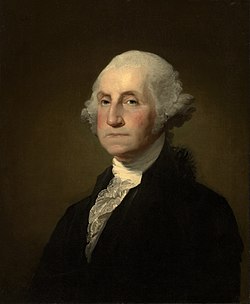
The Empire State is a nickname for the U.S. state of New York, adopted in the 1800s. It has been incorporated into the names of several state buildings and events. [1]
Contents
The source of the nickname is unknown and has puzzled many historians; as American writer Paul Eldridge put it, "Who was the merry wag who crowned the State ... [as the Empire State]? New York would certainly raise a monument to his memory, but he made his grandiose gesture and vanished forever." [1]

